New York: In a move that has sent shockwaves through the economic and political landscape, former President Donald Trump has openly backed a proposal to deliver $2,400 tariff rebate checks to American families. This initiative, rooted in the record-breaking revenues generated from tariffs on imported goods, is being hailed as a significant—and controversial—relief measure for millions hit by rising costs and inflation across U.S. cities.
This long-form article explores the origins, mechanics, and potential impacts of the proposed rebate checks, includes city-level insights and anecdotes, incorporates fresh statistics, and analyzes the broader implications for American families.
Sen. Josh Hawley rebate checks: “This is not going to the Biden voters. This is going to Trump blue collar voters.”🤔
They are not hiding it anymore pic.twitter.com/QaovdvjiKZ
— Ron Smith (@Ronxyz00) July 29, 2025
The Origins: From Tariffs to Rebates
Record Tariff Revenues Spark a Policy Shift
Over the past year, the United States has witnessed an unprecedented surge in tariff revenue. Following modifications to trade policy and increased duties on imported goods, the Treasury Department reported nearly $27 billion collected in June 2025 alone—a 301% increase compared to June 2024. For the fiscal year, tariff collections have soared past $113 billion.
These revenues, once viewed primarily as a lever for deficit reduction or trade leverage, are now at the heart of a groundbreaking policy debate: Should the windfall be returned to the American people?
Anatomy of the Rebate: How the $2,400 Checks Would Work
The American Worker Rebate Act of 2025
Championed by Senator Josh Hawley of Missouri and now publicly embraced by Donald Trump, the American Worker Rebate Act proposes the following:
-
At least $600 per adult and dependent child, with $2,400 for a family of four as the typical household benefit.
-
The rebate would be structured as a refundable tax credit—meaning it could appear as a direct check, a deposit, or an increase in tax refunds.
-
Income Phasing: Amounts would decrease by 5% for joint filers earning over $150,000 or single filers above $75,000. For example, a household with $155,000 in income would see its benefit reduced by $250.
-
Eligibility: U.S. citizens, lawful residents, and individuals with Social Security numbers would be eligible, provided they meet IRS requirements.
Timeline and Delivery
If the bill passes, most expect payments to be possible by late 2025 or early 2026, distributed similarly to the 2020 COVID-19 stimulus checks, via direct deposit, bank cards, or mailed checks.
Why Now? The Economic and Political Calculus
Cost-of-Living in U.S. Cities
American cities—Los Angeles, Houston, New York, Chicago, Miami, and others—have felt acute cost pressures as tariff-induced price hikes ripple through supply chains. In San Francisco, for example, consumer goods costs have risen over 6% year-over-year, contributing to the city’s already steep living expenses. Families in Midwest cities like Columbus, Ohio, and Detroit have seen grocery and utility bills spike.
Inflation and Household Budgets
With national inflation hovering around 4.2% and key categories (like food and household products) often rising even faster, the rebate aims to offset the squeeze on family budgets. In Atlanta, local food banks have reported a 20% uptick in demand, crediting rising grocery prices to the tariff fallout.
City Spotlights: How the Rebate Could Change Lives
Los Angeles, CA
-
Median income: $73,000
-
Households eligible: Over 1.1 million LA families would likely qualify for the full or partial rebate.
-
Local impact: With rent up 8% and utility bills following suit, the rebate could mean a crucial school supply budget or emergency fund for struggling parents.
Houston, TX
-
Median income: $71,000
-
Families facing hardship: Nearly 18% of Houston families report being unable to consistently cover all expenses this year.
-
Potential: Rebates would inject millions into the local economy, possibly supporting small businesses hit by higher import costs.
Miami, FL
-
Median income: $56,000
-
Consumer price surge: Import-heavy goods, such as electronics and home appliances, are up over 9% since tariffs increased.
-
Household impact: The additional funds would be a buffer for Miami’s working-class neighborhoods, many of whom are renters.
Chicago, IL
-
Median income: $65,000
-
Urban burden: Chicago’s working and middle-class neighborhoods have felt a particular sting from food and driving-related price hikes, amplified by trade disruptions.
The Debate: Supporters, Skeptics, and the Bigger Picture
The Case For
Proponents frame the rebate as a way of returning “tariff wealth” to everyday Americans. They argue it:
-
Provides tangible relief for rising bills.
-
Stimulates consumer spending, supporting local economies.
-
Symbolizes a restoration of economic fairness, sharing government “windfalls” with taxpayers.
The Critics’ Concerns
Budget hawks and economists raise several issues:
-
Deficit Worries: With the national deficit projected to rise by $3.4 trillion over the next decade, critics argue these funds should reduce public debt instead.
-
Inflation Risk: By putting more money in circulation while goods remain expensive, rebates could further fuel inflation, particularly at the city level.
-
Temporary Relief: Long-term price pressures due to tariffs may mean the rebate is a short-term fix.
Where the Money Comes From
The Surge in Tariff Collections
-
Monthly tariff revenue: June 2025: $27 billion; May 2025: $23 billion.
-
Annual projection: Up to $300 billion if current rates persist.
-
Top imported goods impacted: Electronics, appliances, automobiles, and clothing.
Who Ultimately Pays?
While the rebates are funded through tariffs on foreign imports, numerous studies suggest U.S. consumers ultimately bear much of the cost through higher prices. Thus, the rebates are seen as returning some of the “accidentally collected” revenue back to those hit hardest.
The Legislative Path: What Happens Next?
Congressional Hurdles
-
The House of Representatives is in recess until September. Political observers anticipate significant debate—especially among Republicans split between deficit hawkery and populist support.
-
Opponents may demand spending reductions elsewhere or propose smaller rebates.
State and Local Readiness
Many U.S. cities are gearing up for the potential influx should the rebates be authorized. Mayors in Philadelphia, Denver, and Phoenix have urged fast Congressional passage, describing the policy as “critical relief for city families.”
Public Sentiment: What Do Americans Think?
Polling Snapshot
-
Approval: Over 59% of Americans support the concept of tariff rebate checks, with approval highest in lower and middle-income brackets and in states like Pennsylvania, Ohio, and Nevada.
-
Reservations: Among urban professionals and higher-income groups, support dips, especially amid concerns about inflationary knock-on effects.
Family Voices
A mother of three in Charlotte, NC, described the proposal as “a lifeline,” while a small-business owner in Seattle cautioned about dependency on one-time payments, advocating for more sustainable cost-of-living solutions.
Comparative Analysis: Rebate Checks vs. Past Stimulus Payments
| Year | Program | Max Family of Four Benefit | Source of Funds |
|---|---|---|---|
| 2020-2021 | COVID-Strimulus | $3,200+ | Federal borrowing |
| 2025 (proposed) | Tariff Rebate | $2,400 | Tariff revenue |
While both aim to put money in Americans’ pockets, the latest proposal is uniquely funded by trade-related revenues, not deficit-financed borrowing.
Economic Implications by City
New York, NY
-
Economic diversity: From Wall Street to Queens, the rebate will be felt differently: rent and utilities in Manhattan vs. food and transit in Bronx and Brooklyn.
-
Potential multiplier effect: Economists predict a $1.50 to $2.00 boost in local spending per rebate dollar in lower-income neighborhoods.
Columbus, OH
-
Rising rents and groceries: The $2,400 could cover a month’s rent or up to six weeks of groceries for many families.
Phoenix, AZ
-
Housing and energy pressures: Water bills and air conditioning costs are on the rise. Rebates are predicted to lessen delinquencies and support utility companies with fewer unpaid accounts.
Looking Ahead: Will the Policy Deliver?
Key Success Factors
-
Swift passage and simple delivery systems will determine how impactful the rebated checks are.
-
Continued tariff collections: If revenues decline, will future rebates shrink, or will other taxes fund the program?
-
Long-term vision: Urban leaders are calling for a combination of rebates and targeted infrastructure spending to support ongoing city needs beyond short-term cash infusions.
Conclusion
The Trump-backed $2,400 tariff rebate checks—poised as a “surprise win” for American families—could inject much-needed relief into households across U.S. cities battling rising living costs. As debate rages in Washington and anxious anticipation grows nationwide, the outcome of this bold initiative may set a precedent for connecting trade policy revenue with family wallets.
Whether the rebates provide a fleeting boost or spark longer-term policy innovation remains to be seen, but the message is clear: for millions of city-dwelling Americans from Los Angeles to New York and Houston to Miami, a timely financial relief check could help turn the tide on household hardship, at least for a little while.

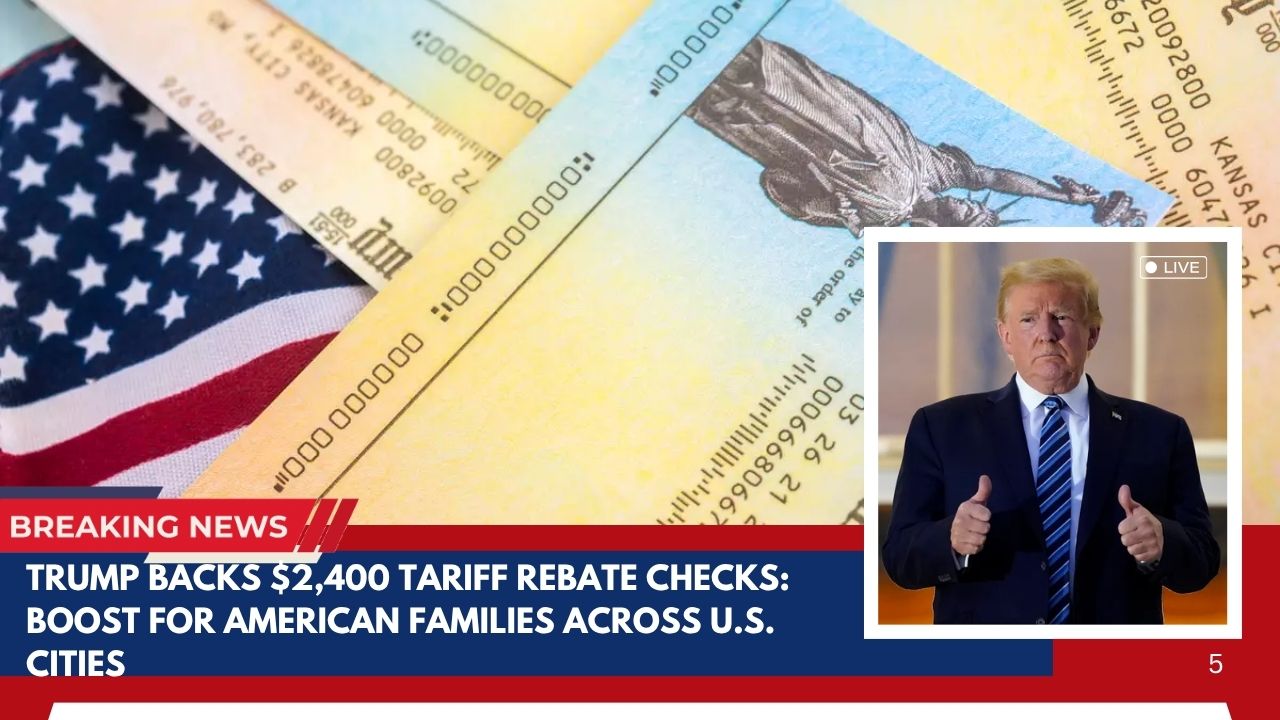


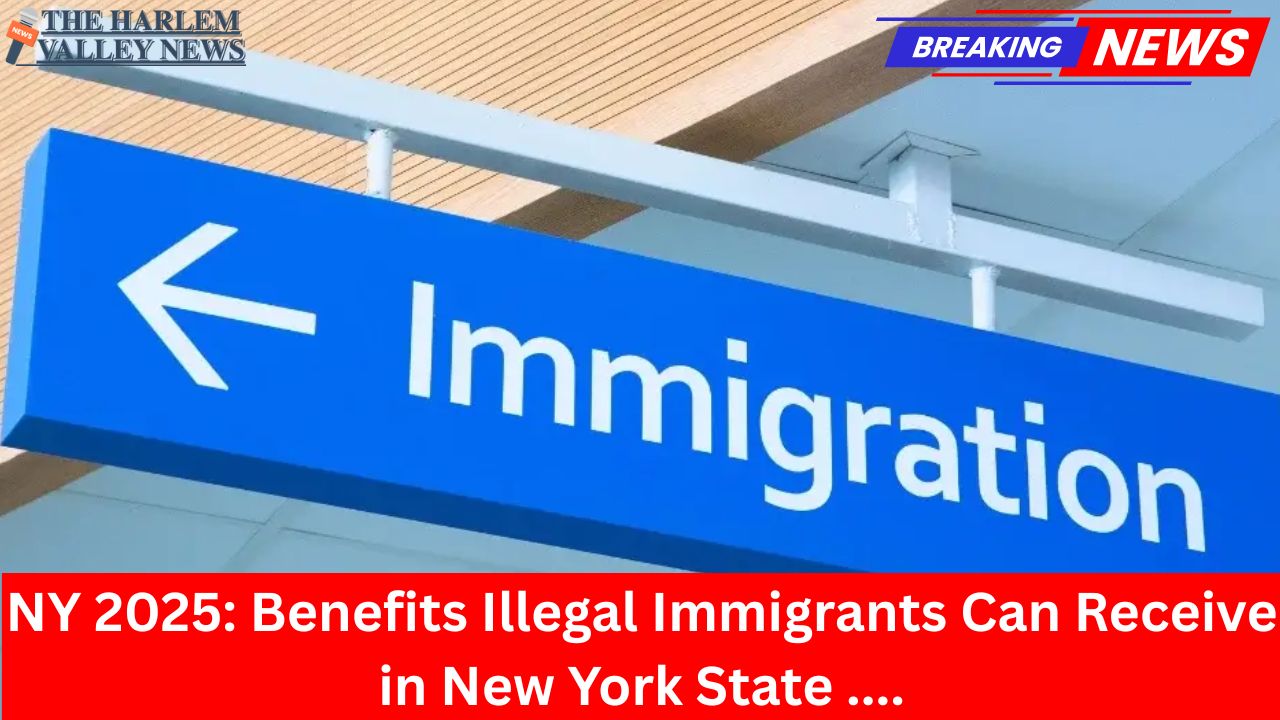
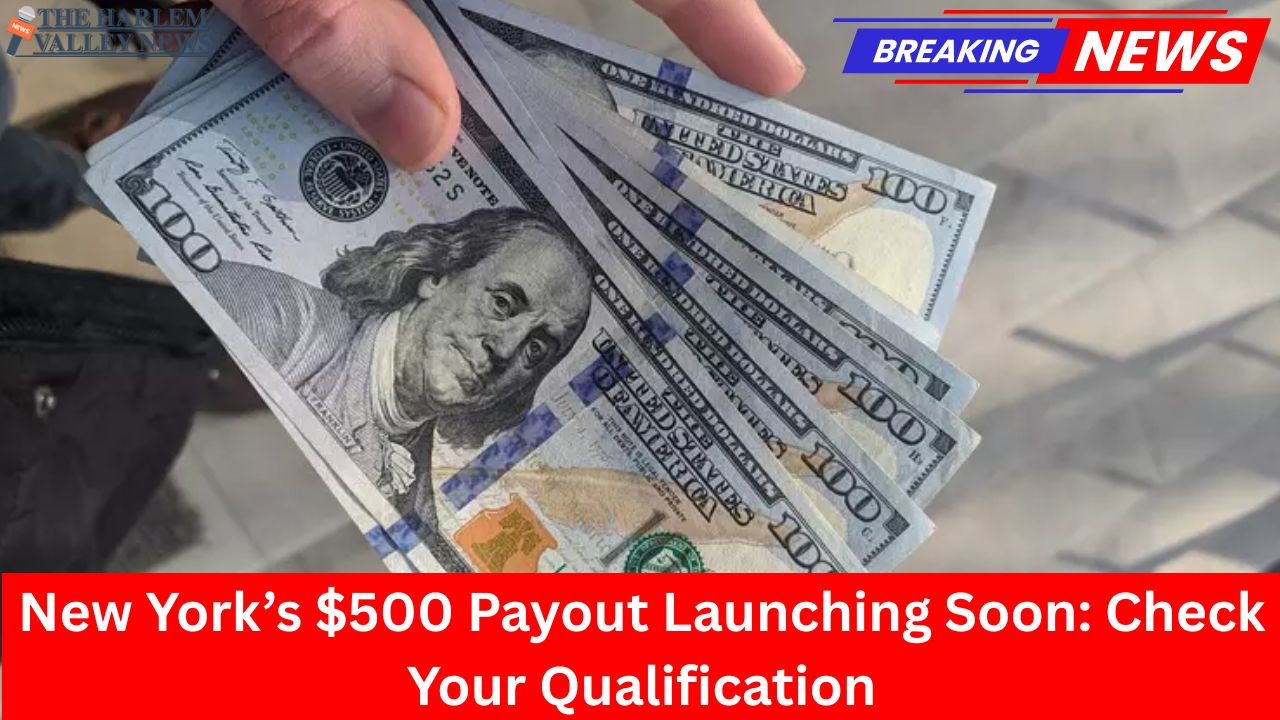


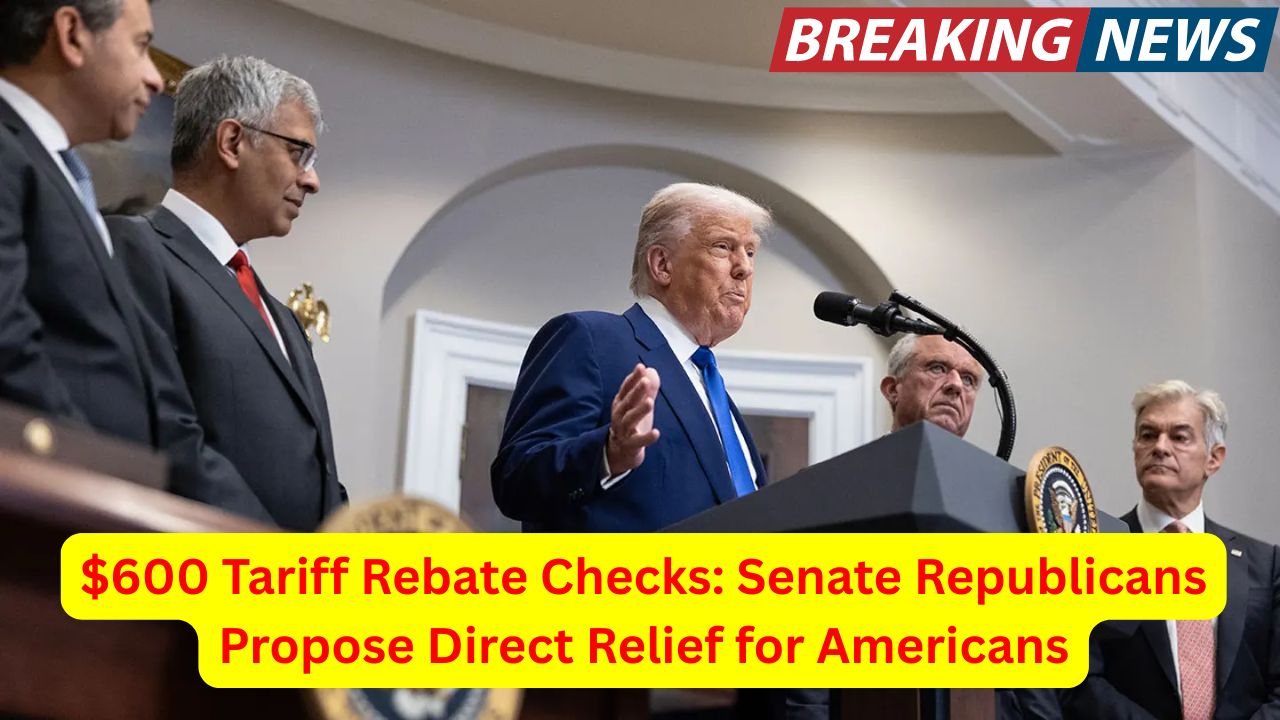


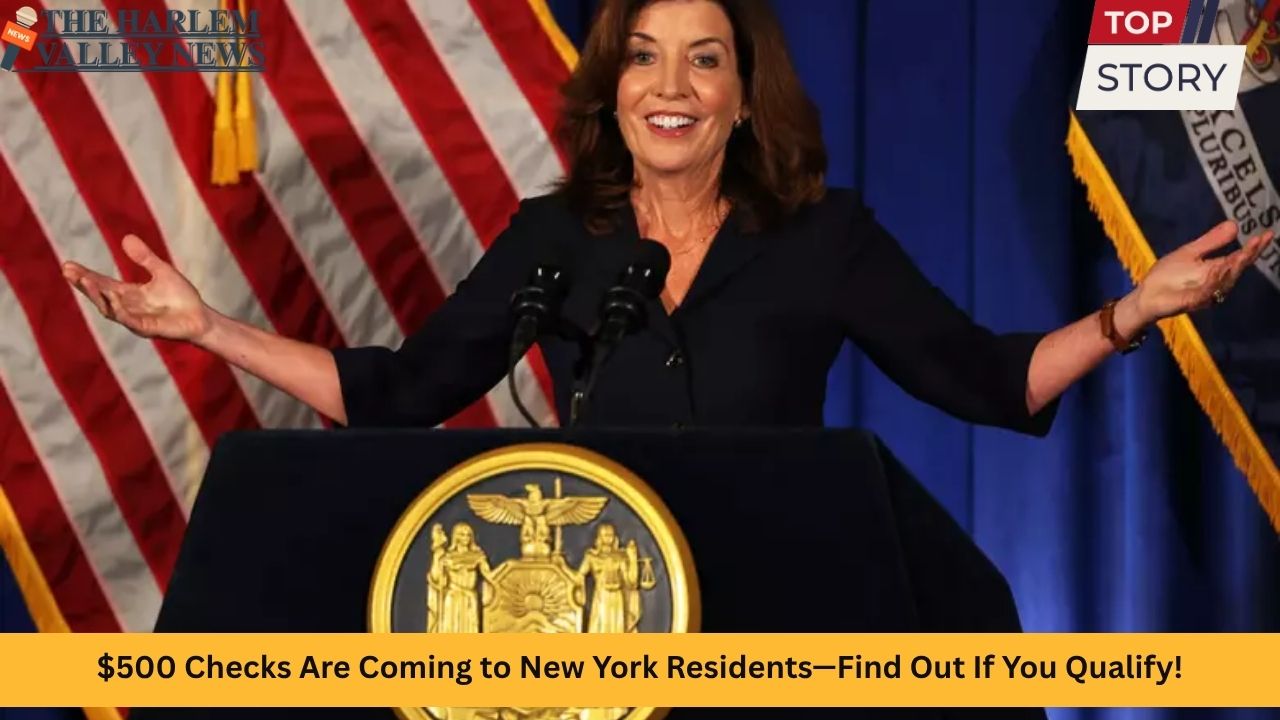

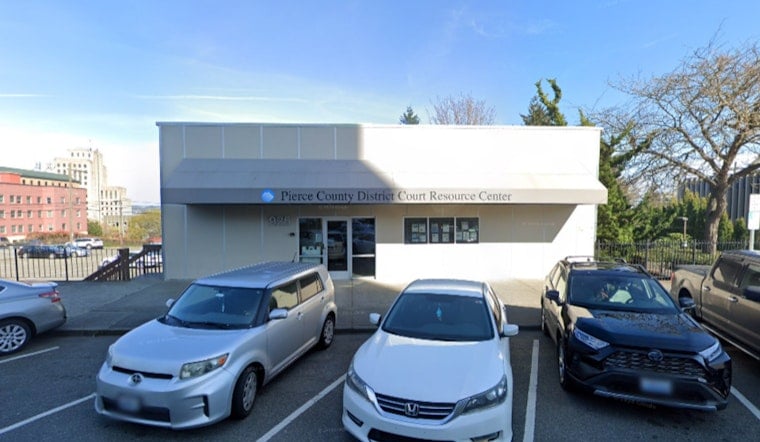


Leave a Reply